ISO 8255-1:2017—Microscope Cover Glasses
Scientific laboratories need high-precision microscope slides and cover glasses for a wide range of uses, ranging from simple optical microscopy to more advanced cytology and…

Scientific laboratories need high-precision microscope slides and cover glasses for a wide range of uses, ranging from simple optical microscopy to more advanced cytology and…
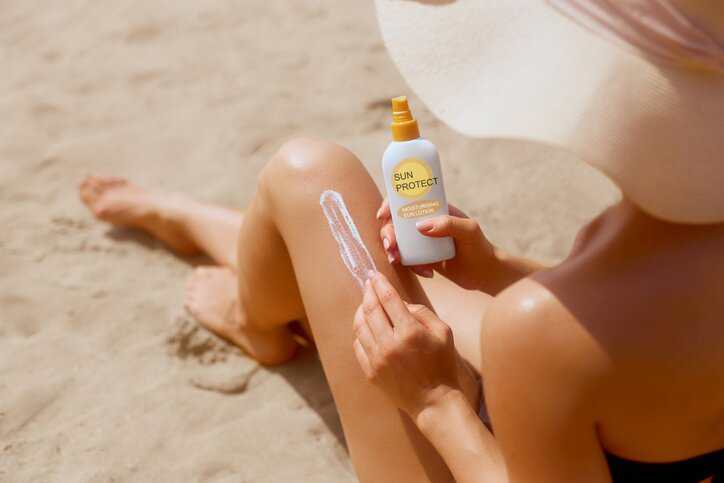
The introduction of an SPF (Sun Protection Factor) began in the 1930s. Austrian chemist Franz Greiter, inspired by a sunburn while climbing a mountain, developed…
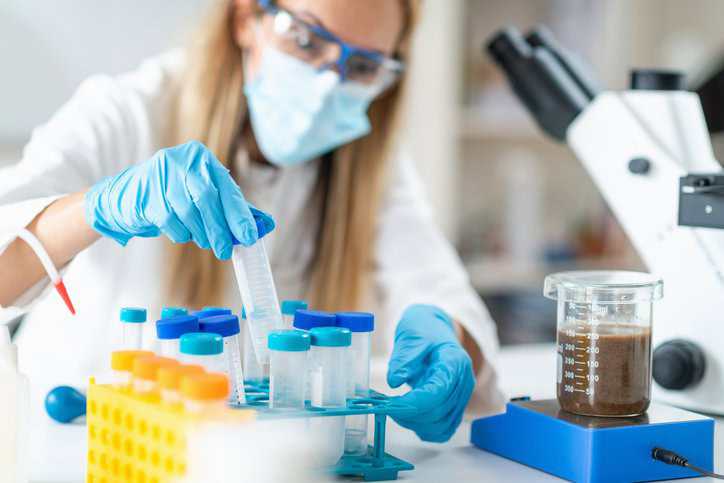
We are quite literally full of bacteria. In fact, humans have more bacteria in their gut than cells in their body. The gut is thereby…
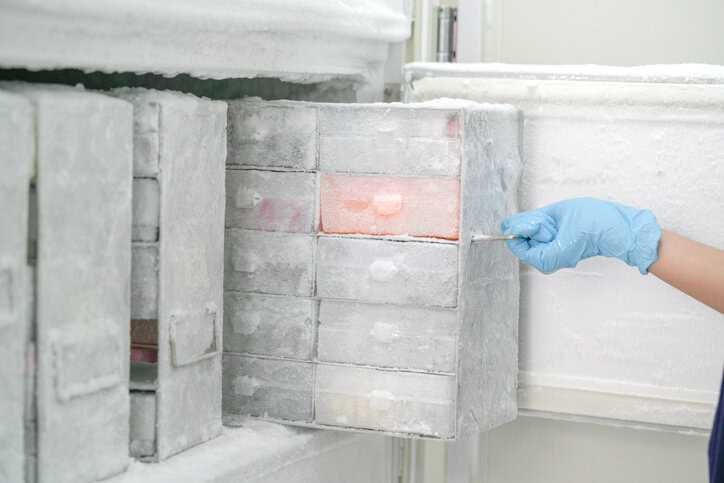
Ultra-low freezers are an essential piece of lab equipment—and for good reason. They play a critical role in preserving and storing biological samples at temperatures…
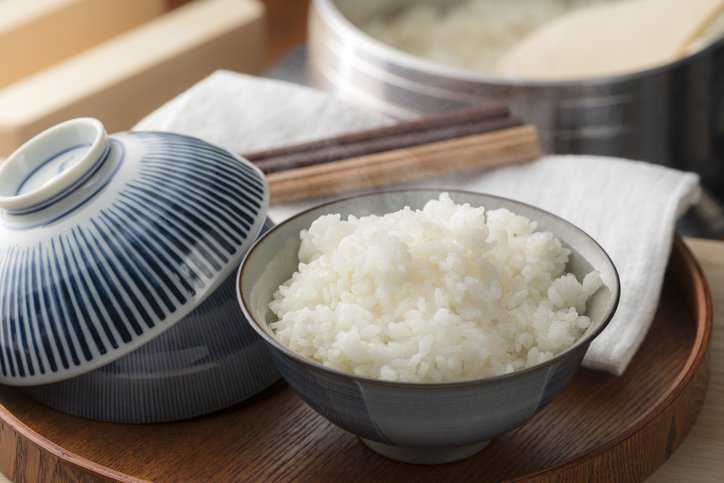
There are over 40,000 varieties of cultivated rice (the grass species Oryza sativa) worldwide. Every continent other than Antarctica produces some variety of rice: the…
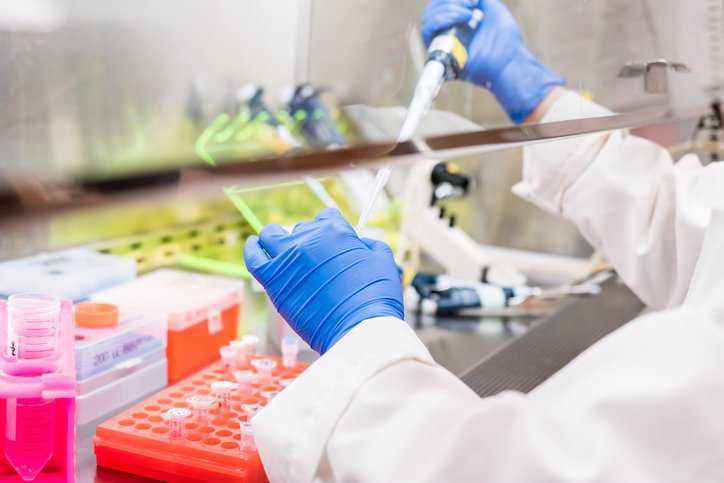
Biosafety Cabinetry and NSF/ANSI 49 Biosafety cabinets (BSCs) come in three classes. The higher the class, the greater the protection afforded to personnel, products, and…
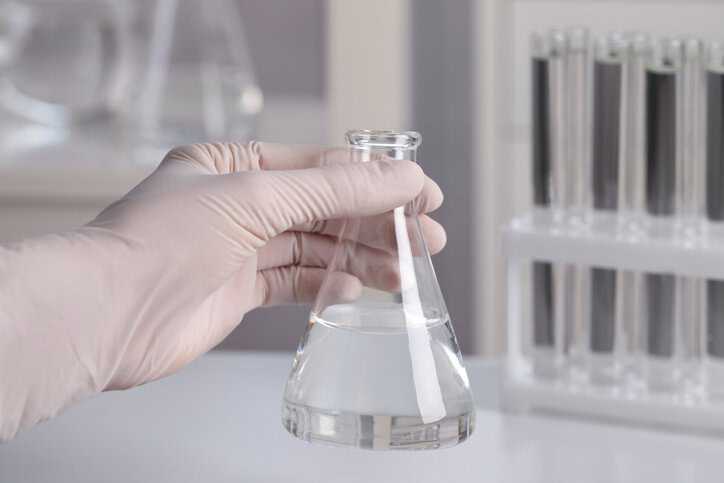
Since the primary goal of every laboratory is to produce accurate and reliable results, assuring the quality of reagent water (i.e., highly purified water) is…

While sunlight is an essential source of life and energy, it also creates major health challenges like sunburn, pigmentation, wrinkles, dermatitis, skin cancer, and aging….
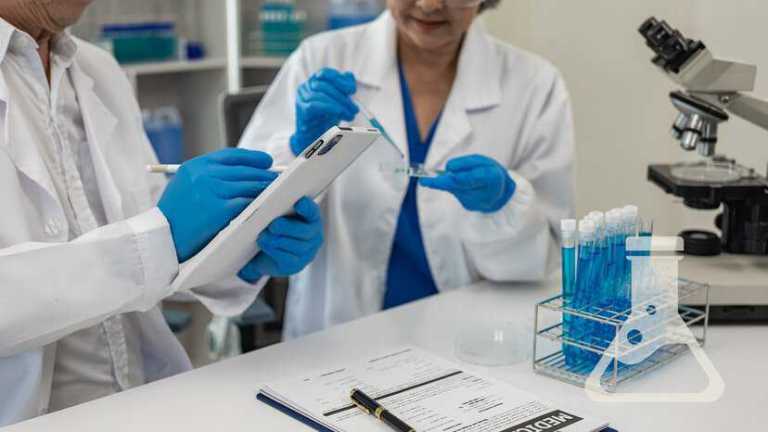
A reference material is a material or substance whose property values are sufficiently homogenous, stable, and well established to be used for calibration of an…